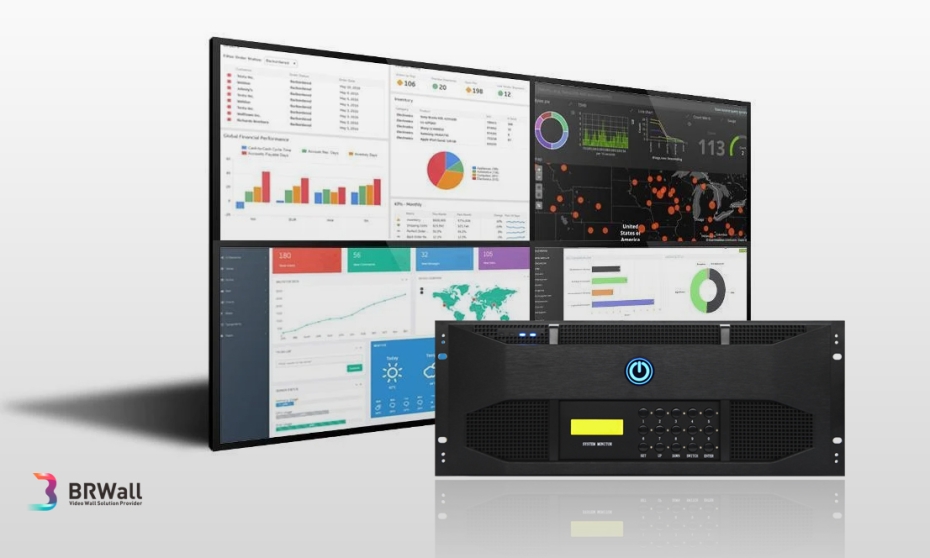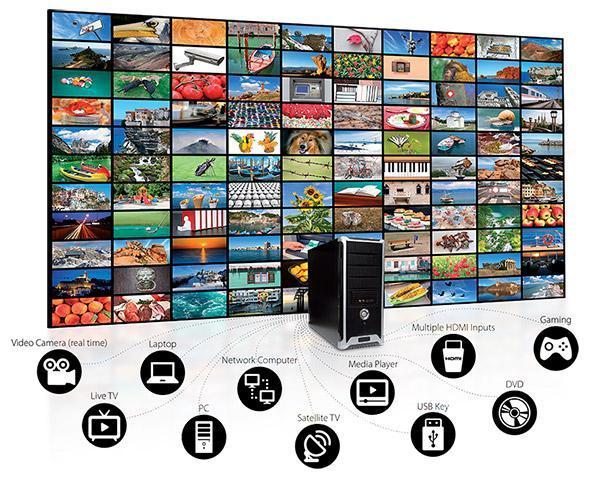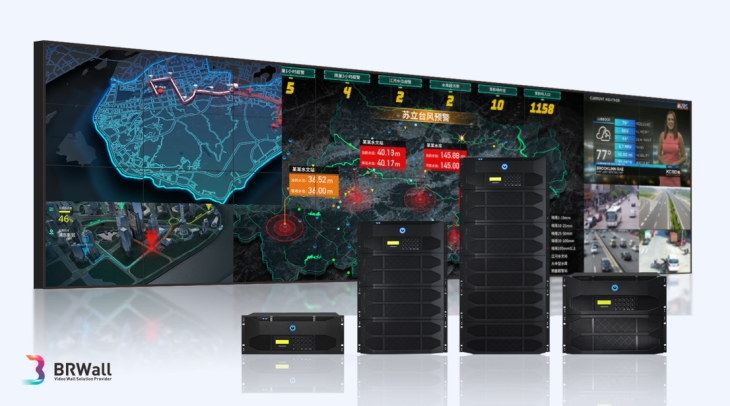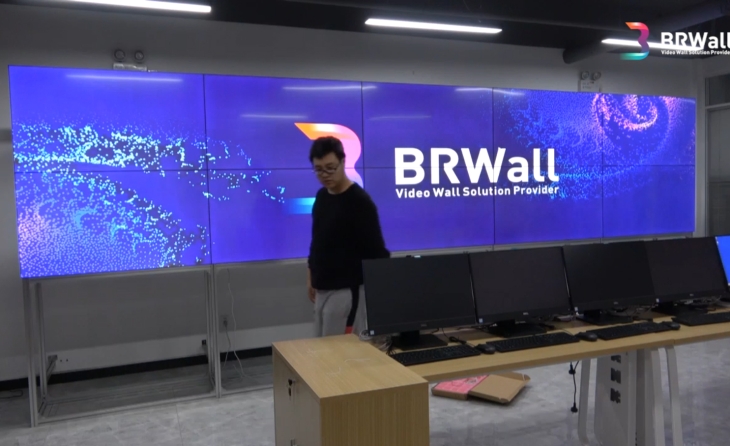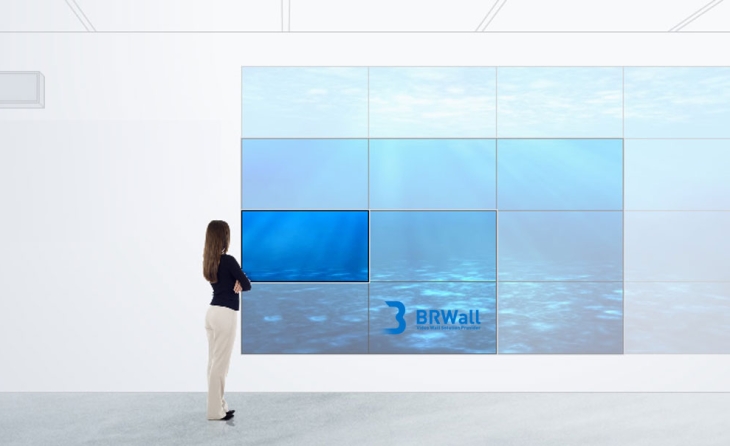Video walls debuted in the early 1990s to manage large broadcasts of video data and make them more manageable. At this point, they were prohibitively expensive for most businesses, especially considering that CRT monitors were still the industry standard. Nowadays, video walls are much more affordable and standard across the board. Much of this has to do with the use of LCD monitors rather than CRTs and advances in computer technology that allows for higher processing speeds.
Now you can find video wall controllers from around the world designed for various purposes like creating a large area for demonstrations and presentations, teleconferencing, and more. In addition, companies like BRWall have developed video wall controller systems to work with a wide range of products.
The video wall controller market is currently one of the fastest-growing industries in the world, and there is no sign of it slowing down anytime soon. However, the history of video wall controllers is a story of innovation and adaptation in the face of new technologies and needs. In this article, we will look at the history of video wall controllers and find out some of the more surprising facts.
Table of Contents
- 1st Generation Is Pc Based
- 2nd Generation Is Fpga Architecture
- 3rd generation is AV over IP or Distributed Video over IP (DV/IP) architecture
- 4th generation is FPGA architecture and AV over IP
- 5th generation is Matrix Mini-LED.


